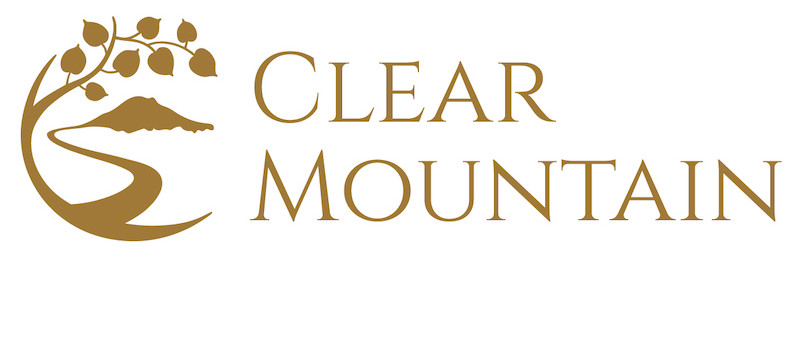The Aspiration
The aim of Clear Mountain is the founding of a Buddhist monastery and community. In Theravāda Buddhism and within the Early Buddhist Texts, the forest tradition represents a return to the simple way of life taught by the Buddha. Monastics aspire to live as the early disciples did: dwelling in the forest, studying the teachings, and devoting themselves to meditation. Monks, nuns, and laity exist in a relationship of mutual generosity, in which they support one another on the Buddha’s path towards complete liberation of the heart — Nibbāna.
Clear Mountain’s first monastic, Ajahn Nisabho, currently lives on the quiet periphery of Seattle, going for alms most mornings at the Pike Place Market. On Saturday mornings, those interested gather at Saint Mark’s Cathedral for meditation and teaching. Another member of the Clear Mountain community, Ajahn Kovilo, contributes remotely for the time being and stays in the Seattle area during the winter and summer. As faithful come together, a new community based on the mutual generosity and interdependence of monastics and local Buddhists may begin to grow.
When property is eventually found, Clear Mountain hopes to create a home for monastics that also supports a range of activities common to Theravāda Buddhism: pūjas (chanting and meditation); Sutta and Pāli study; online and public teachings; meal offerings; observance of the Buddhist holy days; visits from guest monastics; and retreats. All would be offered freely in the spirit of Dhamma.
The Tradition
The greater forest tradition (araññavāsī) is a long-standing and original movement within Theravāda Buddhism—also known as Southern Buddhism—which is grounded in the discourses of the Pali Canon and all other Early Buddhist Texts. Theravāda translates to “the Way of the Elders,” and is so named for its firm adherence to the essential teachings and monastic discipline expounded by the Buddha.
The forest tradition strongly emphasizes meditative practice and the realization of Enlightenment as the focus of monastic life. Monasteries are primarily oriented around practicing the Buddha’s path of contemplative insight, including living a life of discipline, renunciation, and meditation in order to fully realize inner truth and peace. Living a life of austerity allows forest monastics to simplify and refine the mind. This refinement empowers them to clearly and directly explore the fundamental causes of suffering within their heart and to inwardly cultivate the path leading towards freedom from suffering and to supreme happiness. Living frugally, with few possessions fosters the joy of an unburdened life and assists them in subduing greed, pride, and other taints in their minds.
Buddhism has managed to keep intact over the centuries the rich and vital interrelationship between lay and monastic communities set forth by the Buddha. Theravāda monastics, although renunciants, are not permitted to be recluses. To ensure this the Buddha required that they be totally dependent upon the lay community for their physical support. Monks and nuns cannot handle money and they can only eat or drink that which is offered to them. At the same time, the monastic community provides an important function for the lay community by caring for their spiritual needs, and by providing moral and spiritual teachings and examples. The two communities, each essential to a balanced society, support and enrich one another.
